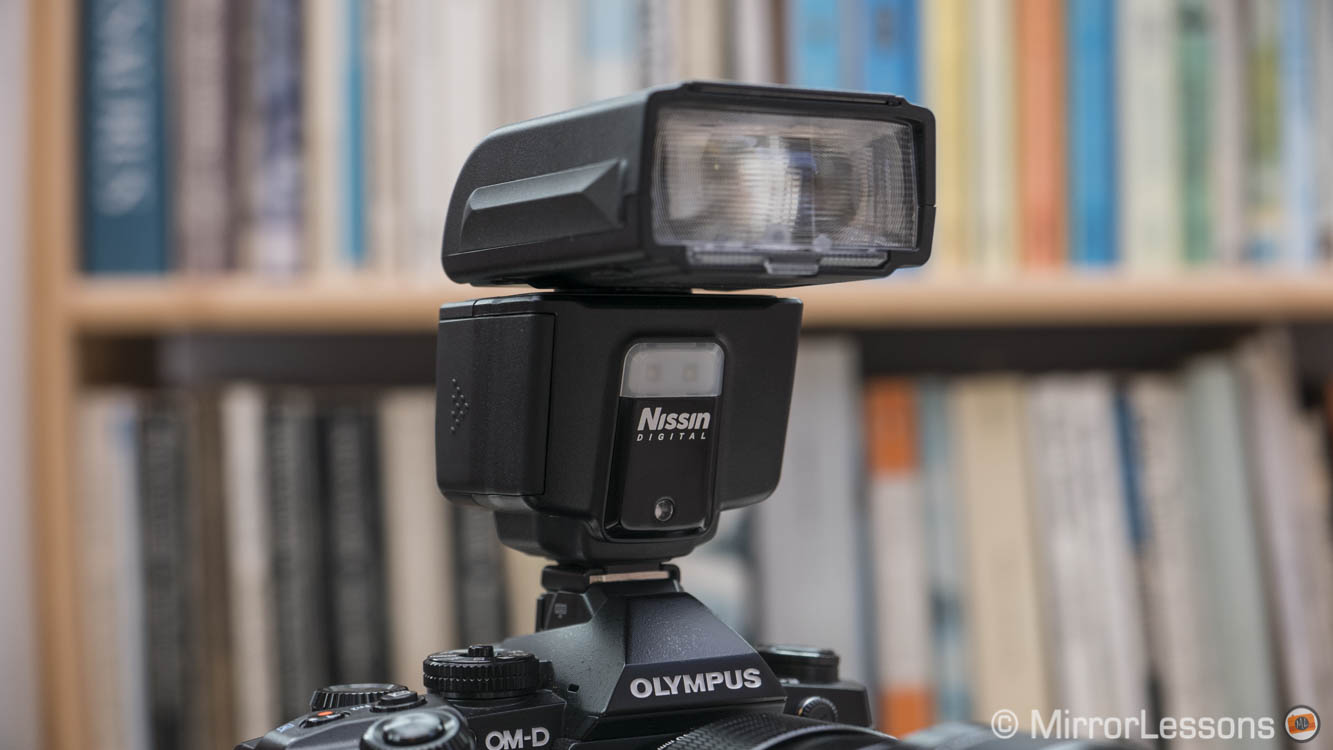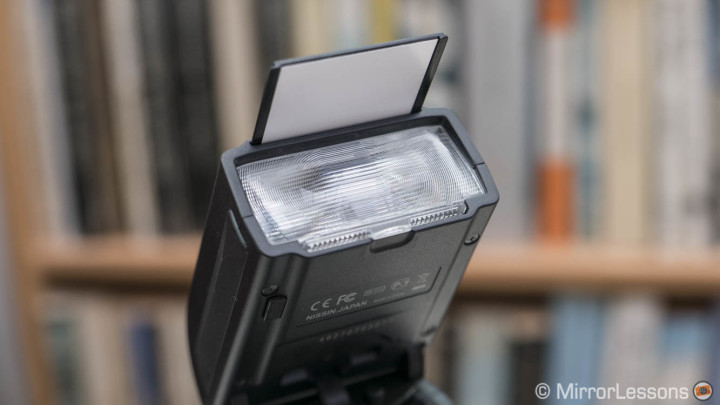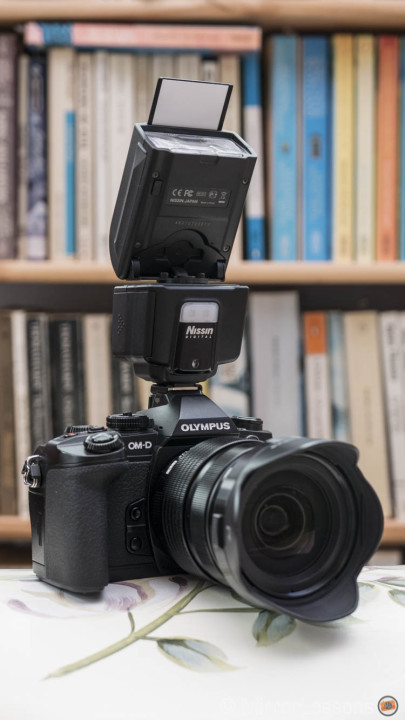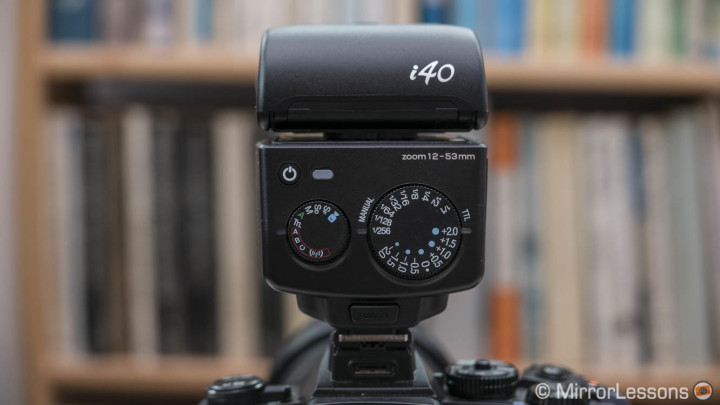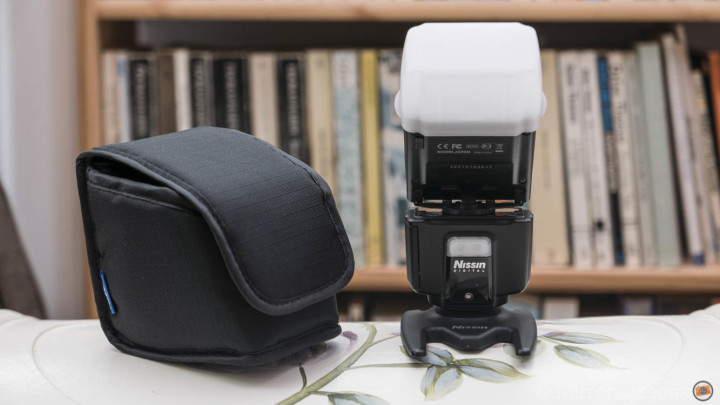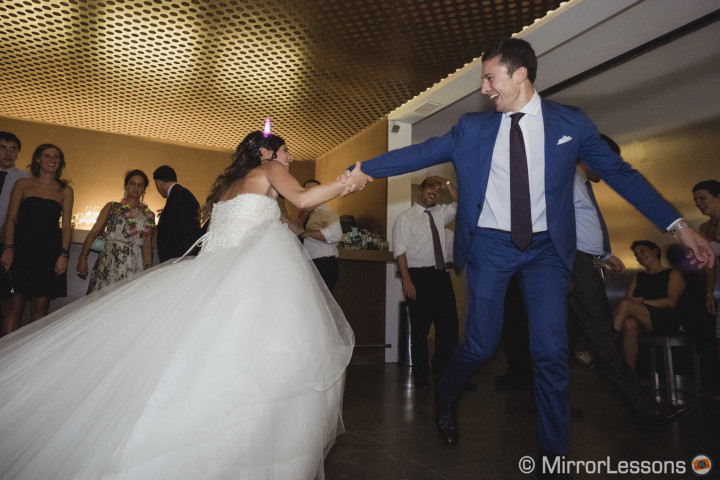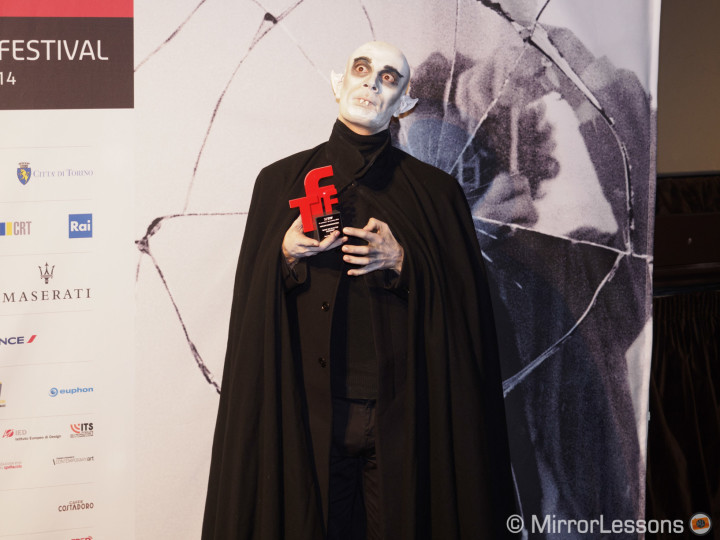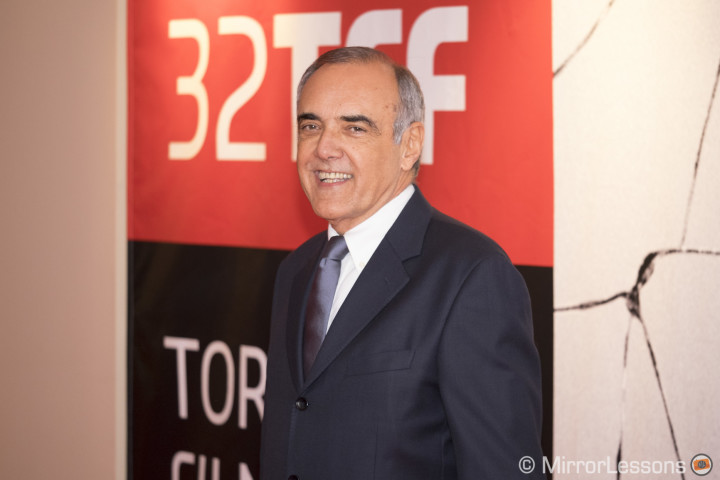When you get used to working with a compact system such as Micro Four Thirds, you also start to consider compact accessories. You have a small camera and tiny lenses, so you obviously want a small flash as well. Some Micro Four Thirds cameras have very tiny flash units (often included with the camera) or built-in flashes that can cover the basic needs of an amateur photographer but these won’t satisfy the needs of an advanced or professional user.
At the beginning, one of the best options was to use the Olympus flashes designed for their now discontinued DSLR line. Then Olympus released the FL-600r which is a smaller flash unit designed specifically for the M4/3 system and includes all the functionalities you might need from a professional portable flash. Then Nissin managed to go one step further by making an even smaller flash unit compatible with different systems including M43 and recently Fujifilm. Since I needed a second unit for a wedding Heather and I shot in late September last year, I decided to give the i40 a try and see how well it performs for professional assignments.
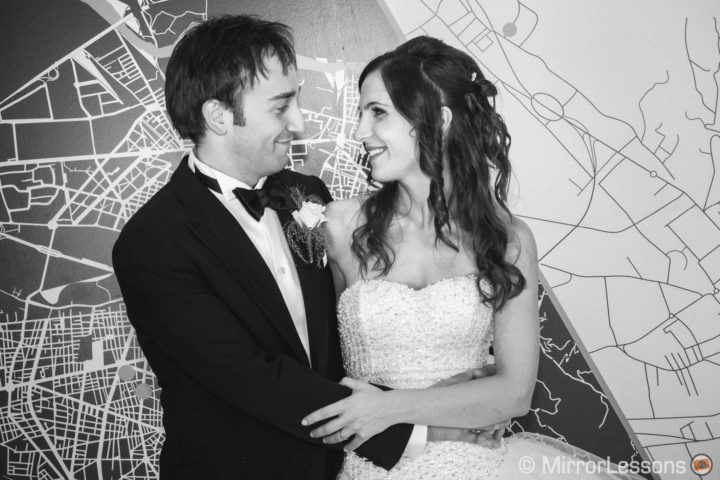
Nissin i40 Main Specs
- Guide no.: GN40 at 105mm (53mm, zoom head position) and GN27 at 35mm (18mm, zoom head position) – ISO 100
- Focal length coverage : 24mm (12mm) to 105mm (53mm), 16mm (8mm) when using built-in wide panel
- Power Source: Four size-AA batteries
- Recycling Time : 0.1 to 4s
- Number of flashes: 220 – 1,700 flashes (Approx.)
- LED video light lighting time: 3.5hrs (Approx.)
- ISO Sensitivity: 100 – 409600 ISO (extended 50)
- Flash duration: 1/800 – 1/20,000sec
- Colour Temperature: 5600 K
- Exposure control: TTL
- Wireless Mode: Wireless TTL slave, non-TTL Slave (SD, SF mode)
- EV compensation on flash: +/- 2EV in increments of 1/2 of EV
- Flash exposure control: 1st & 2nd curtain sync, High speed sync, redeye reduction, slow sync, FE/ FV lock (set on camera)
- AF-assist beam effective range: 0.7 – 5m
- Dimensions: 85 x 61 x 85mm
- Weight: 203g (without batteries and soft box)
Design and ease of use
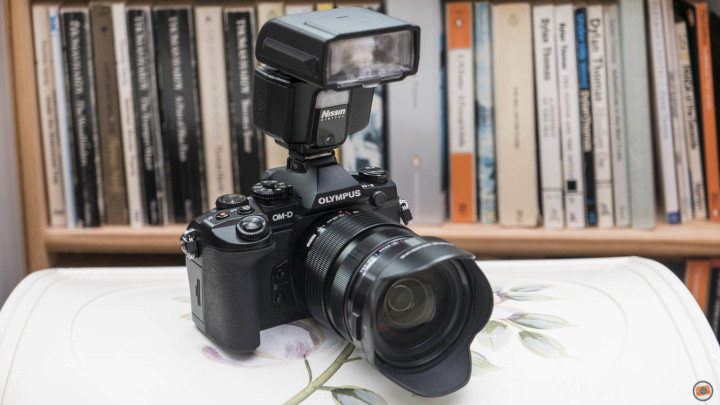
The Nissin i40 is a very compact flash unit as you can see from the photo above. It is smaller than the Olympus Fl-600r but also feels less solid at first. This is because of the way the head is attached to the body. However the piece connecting the two main parts of the unit is made of metal which is more reassuring. After using it extensively for wedding and events, where it also received a few knocks and bumps in crowded places, I can say that it is robust enough.
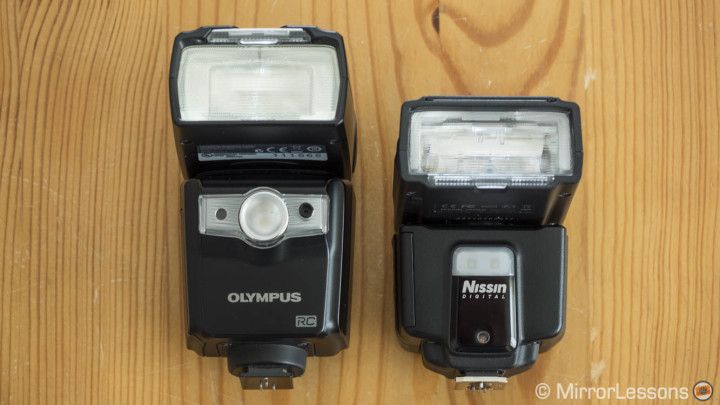
The head can tilt 90° upward and pans 180° left and right. It needs four standard AA batteries to be powered and battery consumption is relatively good. I can easily cover one event without changing the batteries. For a long wedding however it is recommended that you have at least four back-up batteries for when the lamp recycling time slows down. On top of the head there is a clever fill-in reflector panel that you can quickly slide out even when the supplied softbox is attached. There is also a light diffusion panel that can be extracted underneath the lamp.
On the rear, there isn’t an LCD panel like on the FL-600r but rather two dials. The smaller dial on the left will set your flash mode while the bigger dial on the right can be used for flash power compensation or light intensity in manual mode. The latter is turns too freely so you will accidentally find that your value has changed after putting it away in your bag for example. Before using it again always check your value to be sure. When you mount the flash on the hotshoe it automatically locks. You simply press the unlock button to release it.
After many days of use, you come to realise that the i40 is, in the end, a well-built flash unit. More importantly you really start to appreciate its compactness as you can easily fit it anywhere. Another small complaint however is about the provided pouch bag – the flash will not fit inside the pouch with the head tilted up. As such, you can’t take advantage of a slimmer package that can easily fit inside a camera bag. The i40 also comes with a flash stand.
Functionalities and performance
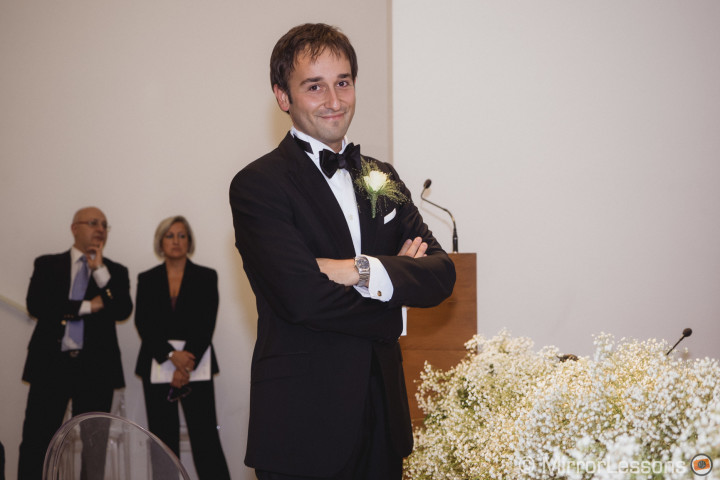
The i40 supports several flash modes. There is Auto of course, and the more interesting TTL mode that is fully compatible with both Olympus and Panasonic cameras. TTL is the mode I use all the time. I generally compensate power using the dedicated dial on the flash unit, as I find it more comfortable and immediate to access than the buttons on the camera. As I said before, the only negative point about this dial is that the value can change inadvertently. Flash power compensation can also be set on the camera via the dedicated menu or assigned button. It is important to note that the settings on the camera and the settings on the flash for power compensation work in conjunction. So if you set for example +0.5 Ev on the i40 and + 1Ev on the camera, your actual compensation will be +1.5 Ev. To avoid any confusion, I only use the dial on the flash unit.
The i40 has a Guide Number of 40 at 105mm which is good for this kind of flash. If you increase the ISO you can also increase the power which isn’t a problem because today’s Micro Four Thirds cameras can handle high ISOs well. The i40 covers a focal range of 24mm to 105mm (35mm equivalent so this mean 12 to 53mm). It can be expanded to 16mm with the built-in diffuser. The flash can also work in manual mode and you use the flash compensation dial to choose between 9 different levels of power. However the dial only has full-stop increments which can be a limit for those who like to fine-tune their exposure. Also in manual mode the distance can be set manually using the different colours of the main LED light on the rear (if you slide the fill-in reflector up, there is a caption that indicates the corresponding colours as you can see on the picture below). You have to press and hold the power on/off button to change colour and therefore the focal length.
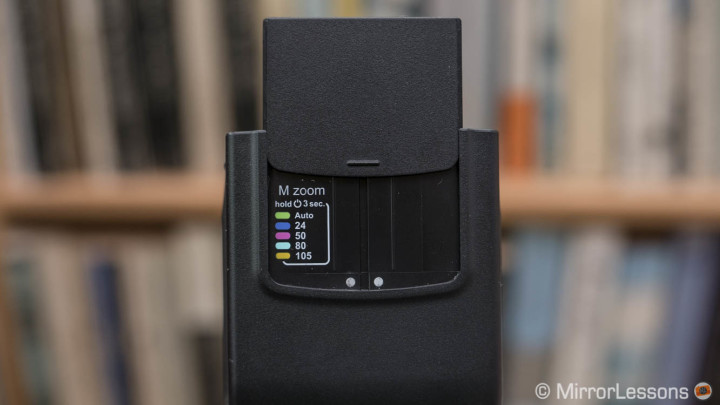
The flash is ready to fire in approximately 3 seconds after you power it on. I often if not always tilt the head up and use flash bounce in conjunction with the fill-in reflector and soft box. This gives me a softer light and also decreases the i40’s power. It works well with subjects that are 3 meters away but for more distant subjects its limits become evident pretty quickly. Of course if I tilt down the head it can cover a better distance (specs say around 8 meters maximum, I say up to 5-6). I got the best results with the 12-40mm lens on the E-M1 while with the Panasonic 35-100mm for example it struggled after 60mm.
I also found that the lamp recycling time is not always constant and that can be an issue. On the first assignments I did with the i40 (including a 12 hour wedding), it worked really well and I changed the batteries quite late in the day. I mainly used the 12-40mm and the trio worked like a charm. With other events where I used longer telephoto lenses it had some more difficulty. The recycle time could take quite a long, even three seconds or more. I always used the same NiMH 2100m AA batteries. It is important to make sure that the batteries are fully charged for every new assignment.
Then come the wireless capabilities of the i40. On the OM-D E-M1, you can use it in the same way you use the FL-600r in RC mode (Olympus flash wireless system). You will need the small FL-LM2 unit (small flash supplied with the camera) in order to trigger it because OM-D cameras can’t trigger wireless flashes alone. The i40 can work in TTL mode with Micro Four Thirds cameras (both Olympus and Panasonic). One thing to point out is that the Nissin i40 can only work in slave mode. It can’t work as a master and trigger other flash units at the same time like the FL-600r can for example. There are also SF and SD modes for film flash units and pre-flash systems.
Another interesting capability of the i40 is that it can sync at very fast shutter speeds up to 1/8000s. The function works in Auto, TTL and Manual mode. It is also available in wireless mode but you will need a master flash in order to use it.

Finally, the i40 also has a front led lamp which can be useful for video mode. You can change the light intensity with the flash compensation dial on the rear. However, I find it way to weak for professional use.
Conclusion
Since I bought Nissin i40, it has been my go-to flash unit, and was essential during my final months in Italy covering events for the National Cinema Museum. It is small and is therefore the perfect match for the M4/3 system. It has enough power for professional use and its only real limit is the lamp recycling time when the battery life start to decrease. It can be used wirelessly in slave mode and the 1/8000s option is nice to have.
The i40 is available in different versions for Micro Four Thirds, Sony and Fujifilm cameras. I had the chance to play with a Sony compatible unit at Photokina last year and it is a good fit for the Sony A7 or APS-C series. As for Fujifilm, the i40 lacks some features including wireless and high speed sync capabilities.
Update: the i40 can work in high speed sync mode with Fujifilm cameras up to 1/4000s but only in manual mode. Matthew Maddock of Photomadd explains how to set up the flash here.
 What I like about the Nissin i40:
What I like about the Nissin i40:
- Compact size
- Good power
- Wireless capabilities
- 1/8000s of sync speed
 What I don’t like about the Nissin i40:
What I don’t like about the Nissin i40:
- Lamp recycle time can be slow as soon as battery life decreases
- The flash compensation dial is too easy to turn
- Plastic build feels a little bit cheap
